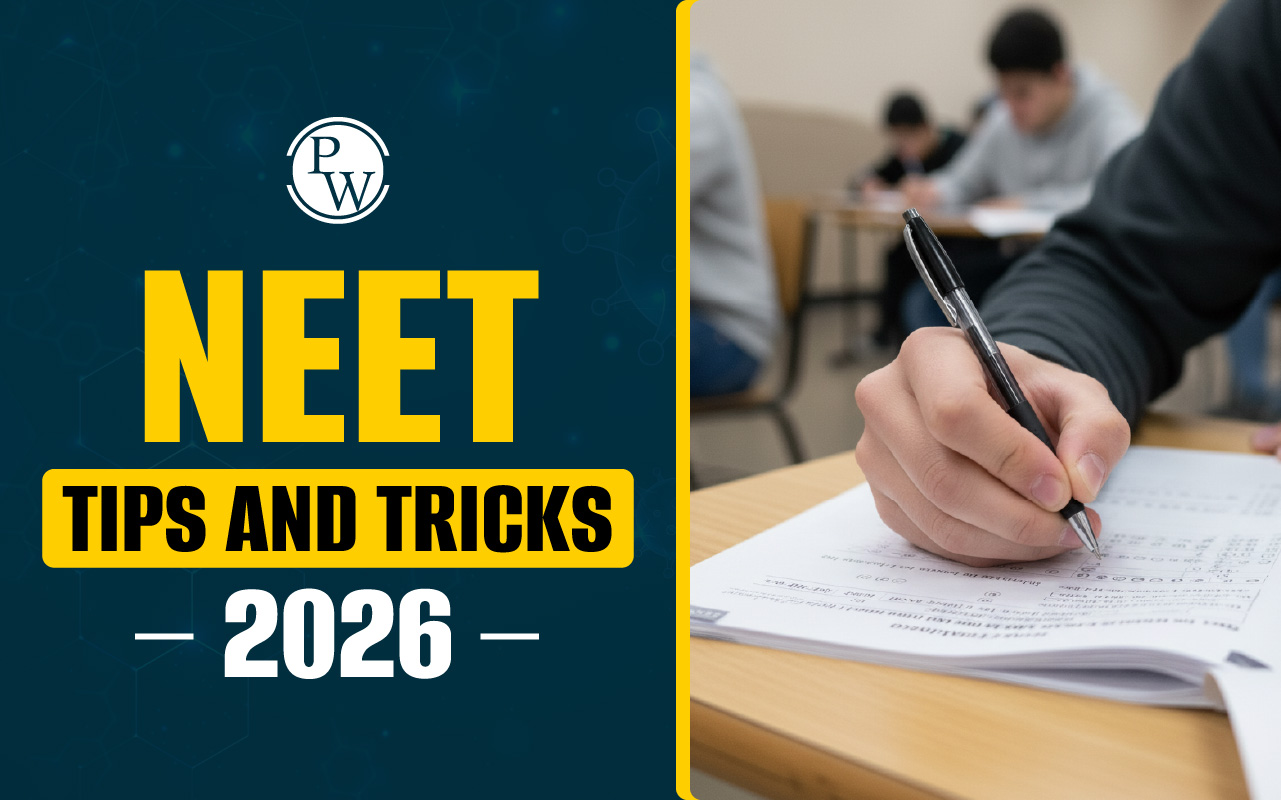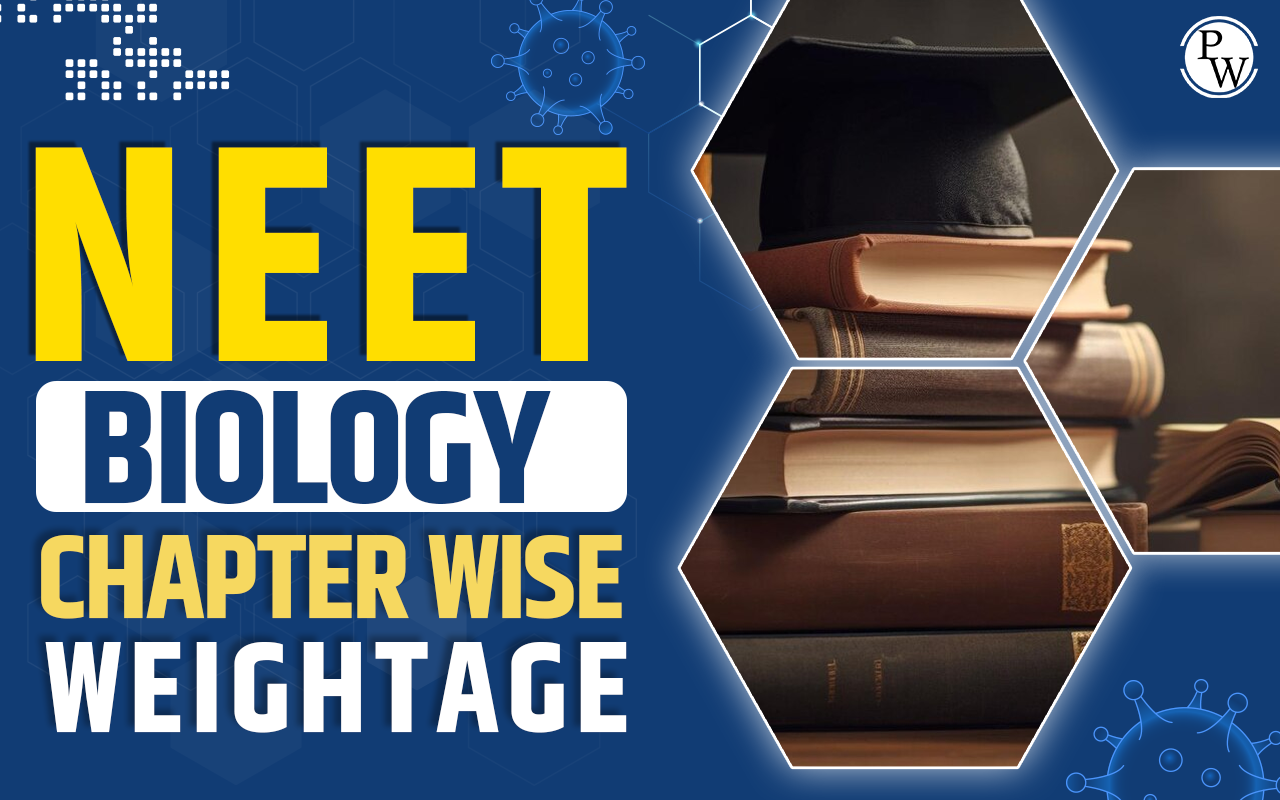
Molecular Biology MCQ Introduction
Molecular biology MCQ: Molecular biology is the study of biological molecules and their interactions within cells. It involves analyzing and manipulating DNA, RNA, proteins, and other biomolecules to understand their functions in living organisms. Molecular biologists use advanced techniques such as PCR (polymerase chain reaction), gel electrophoresis, gene cloning, and sequencing to investigate the molecular mechanisms underlying various biological processes.
They also explore how genetic information is transmitted from one generation to another and how gene mutations can lead to diseases. The field of molecular biology has contributed significantly to our understanding of genetics, evolution, cell biology, biochemistry, and immunology, among others. As technology advances at an unprecedented pace across all scientific fields today, discoveries are expected to continue revolutionizing our understanding of life's fundamental processes through this exciting multidisciplinary field: Molecular Biology!| NEET 2025 Exam Important Links | |
|---|---|
| NEET 2025 Syllabus | NEET Biology Notes |
| NEET Cut Off 2024 | NEET 2025 Exam Pattern |
| NEET Previous Year Question Papers | NEET Sample Papers |
Molecular Biology MCQ
Q 1. In eukaryotes, which of the following is removed from the primary transcribed RNA before being transported to the cytoplasm for translation?
- Intron
- 3’Poly A tail
- Ribosome binding site
- 5' cap
Answer: a, Intron
Explanation: Intron is a noncoding DNA section excised from the mRNA strand during post-transcriptional processing in eukaryotic cells. This process removes introns and leaves only the coding exons, which can then be translated into proteins.
Q 2. The process of splicing in eukaryotes :
- is reminiscent of antiquity
- represents the dominance of the RNA world
- is an indicator of the complexity of the human genome
- is a legacy of organic evolution
Answer: d, is a legacy of organic evolution
Explanation: Splicing is vital in eukaryotic gene expression, where non-coding introns are removed and coding exons are linked together to generate the final mRNA. This activity occurs in the nucleus of cells and is accomplished with the help of a sophisticated assembly called the spliceosome. The emergence of this process was instrumental in empowering gene regulation complexity and contributed to the diversification and progressive nature of eukaryotic organisms.
Q 3. In the Hershey and Chase experiment, which findings conclude that DNA is the genetic material?
- The presence of radioactivity in bacteria when using 35S.
- The presence of radioactivity in the supernatant when using 35S.
- The presence of radioactivity in bacteria when using 32P.
- The presence of radioactivity in the supernatant when using 32P.
Answer: c The presence of radioactivity in the bacteria when using 32P.
Explanation: The Hershey and Chase experiment used bacteriophages to investigate whether DNA or protein is the genetic material transferred into the bacterial host during infection. They marked the DNA of the bacteriophages with radioactive phosphorus-32 (32P) and the protein coat with radioactive sulfur-35 (35S) to distinguish them.
When they used 32P to label the DNA, they found radioactivity in the bacterial pellet after the infection. It is indicated that the bacteria took up the labeled DNA from the phages. In contrast, radioactivity was observed in the supernatant when 35S was used to label the protein coat, suggesting that the tagged protein was not incorporated into the bacterial cells.Q 4. Which enzyme polymerizes RNA with defined sequences in a template-independent manner?
- Peptidyl transferase
- RNA polymerase
- Reverse transcriptase
- Polynucleotide phosphorylase
Answer: d, Polynucleotide Phosphorylase.
Explanation: Polynucleotide phosphorylase is an enzyme that can catalyze the synthesis of RNA molecules without requiring a DNA template. It is involved in non-templated RNA synthesis, also known as random RNA polymerization. This enzyme can add nucleotide monophosphates to the growing RNA chain in a sequence-independent manner, resulting in the synthesis of RNA with no specific template or predetermined sequence.
Q 5. What is the role of RNA polymerase Il in the transcription process in Eukaryotes?
- Transcription of only snRNAs
- Transcription of rRNAs (28S, 18S and 5.85)
- Transcription of tRNA, five srRNA, and snRNA
- Transcription of the precursor of mRNA
Answer: d, Transcription of the precursor of mRNA
Explanation: RNA Pol II is responsible for transcribing protein-coding genes into pre-mRNA molecules. Pre-mRNA undergoes further processing, including splicing to remove introns and adding a 5' cap and a poly-A tail before it is matured into functional mRNA. Afterward, mature mRNA is exported from the nucleus to the cytoplasm for translation into proteins.
While the other options mention transcription of other types of RNA, such as snRNAs, rRNAs, tRNAs, and 5S rRNA, these are transcribed by different RNA polymerases. RNA Pol II explicitly catalyzes the transcription of protein-coding genes to produce pre-mRNA, a crucial step in gene expression and protein synthesis in eukaryotes.Q 6. E. coli bacteria with a mutated lac operon gene cannot grow in an environment that only has lactose to provide energy, why?
- The lac operon is constitutively active in these cells
- they cannot synthesize functional beta-galactosidase
- in the presence of glucose, E. coli cells do not use lactose
- They cannot transport lactose from the environment into the cell
Answer: d, They cannot transport lactose from the medium into the cell.
Explanation: Lactose metabolism is controlled by the lac operon in E. coli. The lacZ gene encodes beta-galactosidase, which hydrolyses lactose into glucose and galactose. The lacY gene encodes lactose permease, a transporter protein facilitating lactose uptake into the cell.
If there is a mutation in the lacY gene, the lactose permease function is impaired or non-functional. As a result, E. coli cells with this mutated gene cannot efficiently transport lactose from the medium into the cell. Therefore, they are unable to utilize lactose as a source of energy.Q 7. Purines are found in both DNA and RNA...
- Adenine and thymine
- Adenine and guanine
- Guanine and cytosine
- Cytosine and thymine
Answer: b, Adenine and Guanine.
Explanation: In the purine group, adenine and guanine are nitrogenous bases. In both DNA and RNA molecules, adenine forms hydrogen bonds with thymine (T), while guanine forms hydrogen bonds with cytosine (C). As for RNA, adenine forms hydrogen bonds with uracil (U), while guanine forms hydrogen bonds with cytosine.
Q 8. Holoenzyme RNA polymerase binds to a DNA sequence during transcription, causing the DNA to be saddle-like. What is this sequence called?
- AAAT box
- TATA box
- GGTT box
- CAAT box
Answer: b TATA box
Explanation: The TATA box is the sequence that causes the DNA to assume a saddle-like structure and is recognized by the holoenzyme RNA polymerase during transcription.
The TATA box, also known as the TATA box element or the Goldberg-Hogness box, is a DNA sequence found upstream of the transcription start site in eukaryotic genes. It typically has the consensus sequence "TATAAA" or a variant. The TATA box plays a crucial role in the transcription initiation by providing a binding site for the TATA-binding protein (TBP), a subunit of the holoenzyme RNA polymerase. The holoenzyme binding to the TATA box helps to position RNA polymerase correctly and initiate transcription at the appropriate site.Q 9. AGTCTACCGATAGT is a short sequence of bases on one strand of DNA. What would the corresponding base sequence in the new strand be if this sequence served as a template for forming the new DNA strand?
- AGTCTACCGATAGT
- TCAGATGGCTATCA
- TGATAGCCATCTG
- GACATCGATTCGAT
Answer: b, TCAGATGGCTATCA.
Explanation: If the sequence "AGTCTACCGATAGT" serves as a template for forming a new strand of DNA, the corresponding base sequence in the new strand would be the complementary sequence.
The complementary base pairing rules in DNA are as follows: adenine (A) pairs with thymine (T), and cytosine (C) pairs with guanine (G). So, the complementary base is used to create the new strand for each base in the template strand. In this case, the complementary sequence to "AGTCTACCGATAGT" would be "TCAGATGGCTATCA".Q 10. The Okazaki fragments in DNA chain growth
- polymerize in the 3’ — to — 5’ direction and form a replication fork
- prove the semi-conservative nature of DNA replication
- polymerize in the 5" — to — 3’ direction and explain 3’ — to — 5' DNA replication
- result in transcription.
Answer: c, polymerize in the 5" — to — 3’ direction and explain 3’ — to — 5' DNA replication
Explanation : The new DNA strand is synthesized. In short, Okazaki fragments during DNA replication. These fragments are synthesized in the 5' — to — 3' direction. During DNA replication, the leading strand is synthesized continuously from 3' to 5', while the lagging strand is synthesized discontinuously using Okazaki fragments. The Okazaki fragments are joined together by DNA ligase to form a continuous strand.
Q 11. Taylor conducted experiments to demonstrate a semi-conservative mode of chromosome replication on _____
- Vicia faba
- Vinca rosea
- coli
- Drosophila
Answer: a, Vicia Faba
Explanation: Meselson and Stahl demonstrated that the semi-conservative replication of DNA takes place through their 1958 experiment involving Escherichia coli. It was preceded by Chase and Hershey's 1952 experiment involving bacteriophages, in which they labeled the DNA with radioactive phosphorus-32 (32P) to distinguish it from the protein coat, thus providing evidence for the genetic material being DNA. None of these is related to Taylor; therefore, Vicia Faba is the correct answer.
Q 12. The association of histone H1 with a nucleosome indicates ___
- DNA is condensed into chromatin fibers
- Transcription is in progress
- DNA replication is in progress
- DNA double helix is exposed
Answer: a, DNA is condensed into chromatin fibers.
Explanation: The association of histone H1 with a nucleosome indicates that the DNA is wrapped around an octameric complex of histones, forming a basic unit of chromatin known as a nucleosome. By condensing and compressing large segments of DNA, this process makes them easier to handle.
Q 13. Eukaryotic cells have a considerably larger nucleus than the DNA molecule. How is the DNA accommodated here?
- super-coiling in nucleosomes
- DNase digestion
- by elimination of repetitive DNA
- deletion of non-essential genes
Answer: a, super-coiling in nucleosomes
Explanation: Eukaryotic cells have a much larger nucleus than the DNA molecule, so the DNA must be folded and compacted into the nucleus. It is done through super-coiling, wounding the DNA around spool-like proteins called nucleosomes. It allows more DNA to fit in smaller spaces, making it much easier for the cell to store its genetic material.

Q 14. The core RNA polymerase can catalyze which steps of transcription?
- Initiation only
- Elongation only
- Termination only
- All of these
Answer: b, Elongation only
Explanation: The core RNA polymerase is responsible for the elongation process of transcription, catalyzing the addition of nucleotides to the growing RNA strand in a 5' to 3' direction. The core enzyme can do this lone step while initiation and termination require additional factors and signals.
Q 15. Where was semi-conservative replication of DNA first demonstrated?
- Escherichia coli
- Streptococcus pneumoniae
- Salmonella typhimurium
- Drosophila melanogaster
Answer: a, E Coli
Explanation: Semi-conservative replication of DNA was first demonstrated by Matthew Meselson and Franklin Stahl in 1958 using the bacterium Escherichia coli.
Molecular Biology MCQ FAQs
How do you study molecular basis of inheritance for NEET?
How do I start studying molecular biology?
How can I study molecular biology after 12th?
Is molecular biology hard?
Is molecular biology in high demand?










